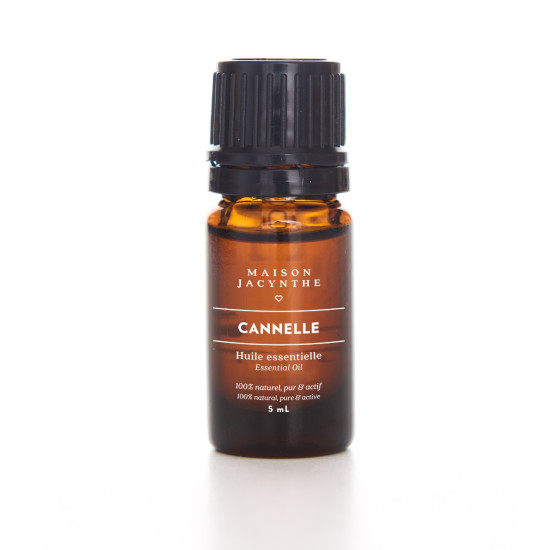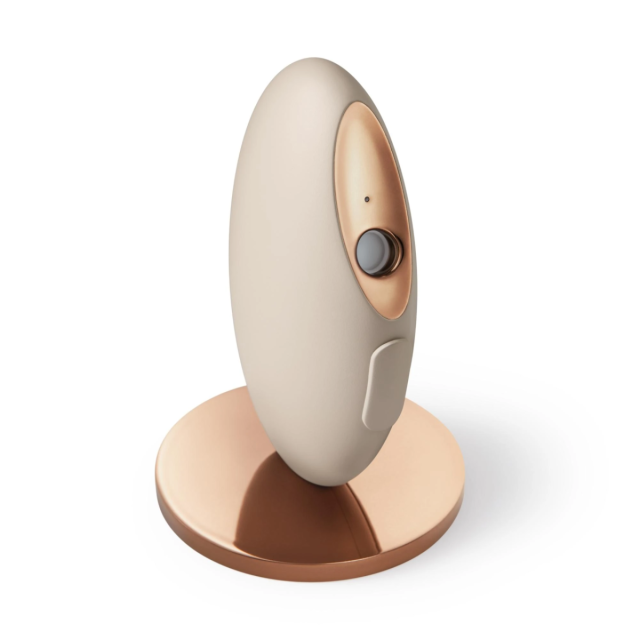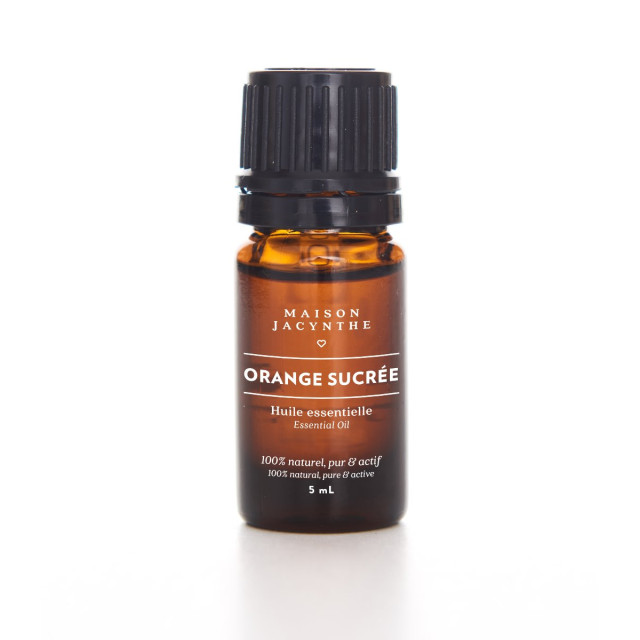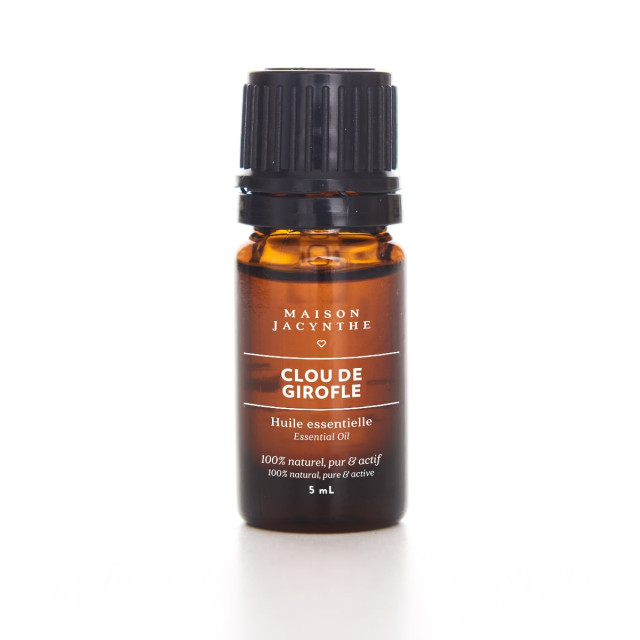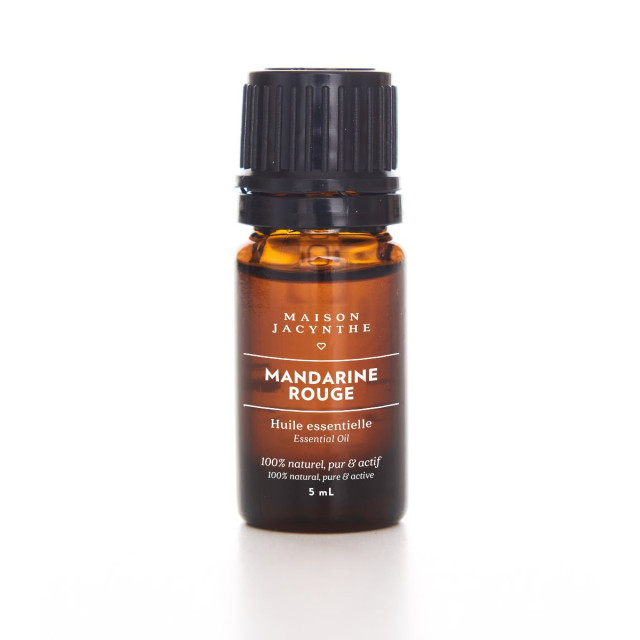Cinnamon – Essential Oil
Size: 5 ml
Certified pure
Origin: Sri Lanka
Cinnamon is one of the most widely used spices in the world. In the past, the Egyptians used it to embalm their dead, as it was highly prized for its antiseptic and preserving properties. Not to mention that Ceylon cinnamon, the coveted spice considered as valuable as gold, symbolized power and wealth.1
In a study published in the Archives of Oral Biology 2 by researchers from the Faculty of Dentistry and the Oral Ecology Research Group of Laval University, it was shown that cinnamon essential oil produced spectacular results against one of the main bacteria responsible for bad breath, Solobacterium moorei. Another study also points in the same direction, stating that "evidence that cinnamon oil may be a promising substance to incorporate into oral hygiene products to control bad breath by inhibiting growth, killing biofilm and reducing H 2 S production by S. moorei." 3
Its fragrance and properties are equally appealing in aromatherapy and cooking.
Recipes & Impressions - Yours
Cath: "I added a few drops of Cinnamon essential oil in the bottle to make a plumping lip gloss."
Lyne T.: "In diffusion, Gingerbread scent: sweet orange, mandarin, nutmeg, cinnamon and clove all together."
Sylvie R.: "In diffusion, Fir with cinnamon and sweet orange (put little cinnamon because it is intense)."
My properties:
Analgesic, anti-infectious, antiseptic, preservative, enveloping, warming, spasmolytic, stimulating, tonic.
Use:
Olfaction, Diffusion, Cutaneous application, Oral use, Cooking.
My botanical name: Cinnamomum zeylanicum
My family: Lauraceae
My color: Yellow to orange-brown
My odor: Warm, spicy
Synergy: Lemon, Clove, Orange, Mandarin
Recommendations
-
Before using any product containing essential oils, please check and follow the precautions, warnings and contraindications.
-
Before using an essential oil, if in doubt, here is a tolerance test that allows you to check your sensitivity to essential oils. Simply place 3 drops of the essential oil mixture in the hollow of the elbow or wrist and wait a few minutes for a topical reaction, or up to 48 hours for an allergic reaction. Caution: do not use essential oils that are said to be dermocaustic or phototoxic, as they may cause burns on the skin.
-
Do not apply them pure on the skin or on the mucous membranes.
-
Avoid any contact with the eyes.
-
Respect the recommended doses.
-
Keep out of reach of children.
Note: the properties, indications and methods of use are taken from reference books or websites in aromatherapy. They are regularly found there and for many confirmed by observations in scientific environment. However, this information is given for information purposes only, and in no way constitutes medical information, nor does it engage our responsibility. For any use in a therapeutic purpose, consult a health professional.
Notice: although natural, essential oils are active products that require responsible handling. In no case will Maison Jacynthe be held responsible for the consequences of an incorrect or careless application of these products or the methods presented.
References
1.https://www.passeportsante.net/fr/Solutions/HuilesEssentielles/Fiche.aspx?doc=huile-essentielle-cannelle-ceylan
3. Geneviève LeBel, Bruno Haas, Andrée-Ann Adam, Marie-Pier Veilleux, Amel Ben Lagha, Daniel Grenier. Effect of cinnamon (Cinnamomum verum) bark essential oil on the halitosis-associated bacterium Solobacterium moorei and in vitro cytotoxicity. Arch Oral Biol.2017 Nov; 83:97-104. doi: 10.1016/j.archoralbio.2017.07.005. Epub 2017 Jul 12. https://pubmed.ncbi.nlm.nih.gov/28743086/
| Format | 5 ml |
|---|---|
| Essential Oil | Pure |

